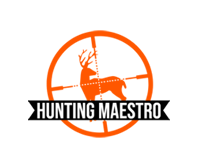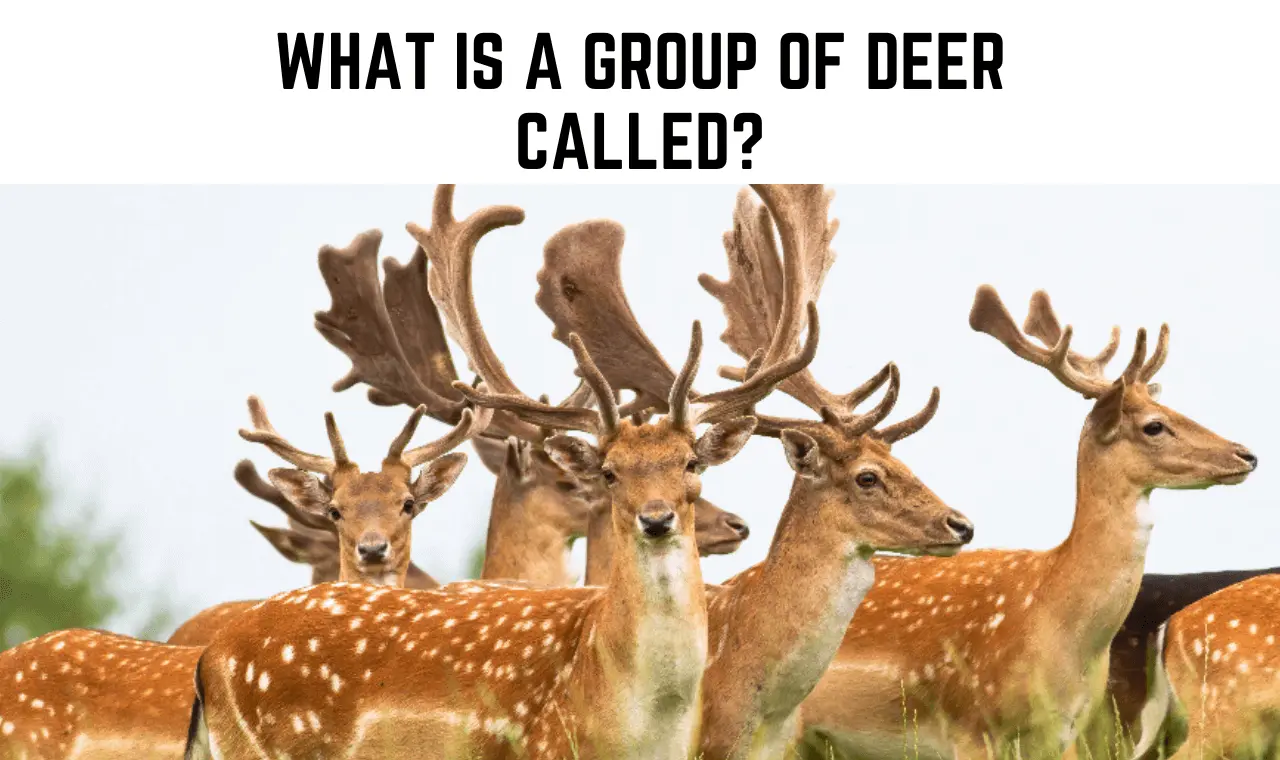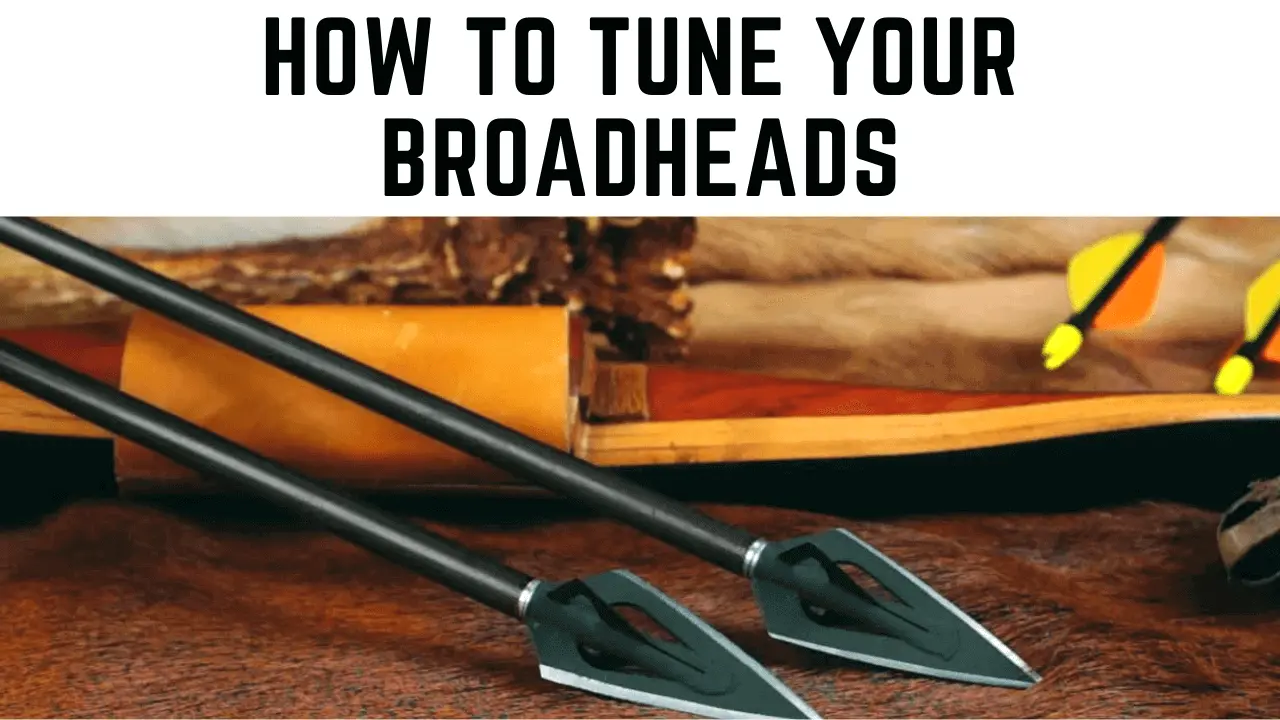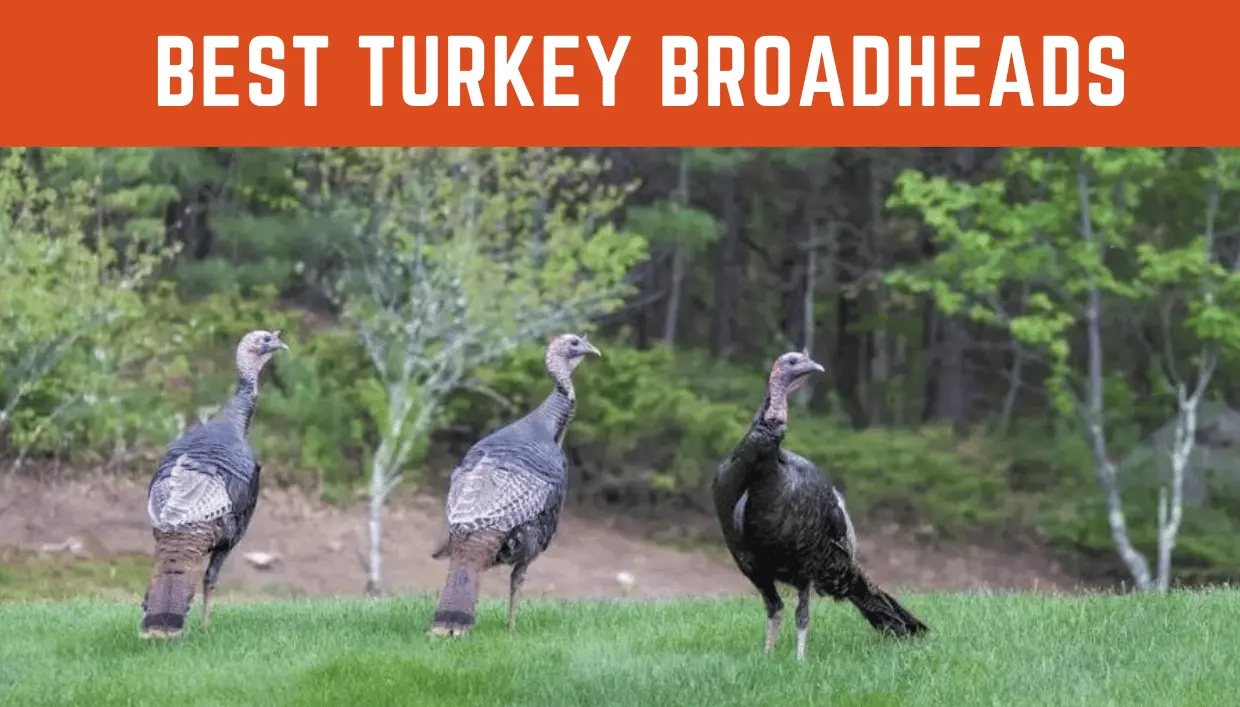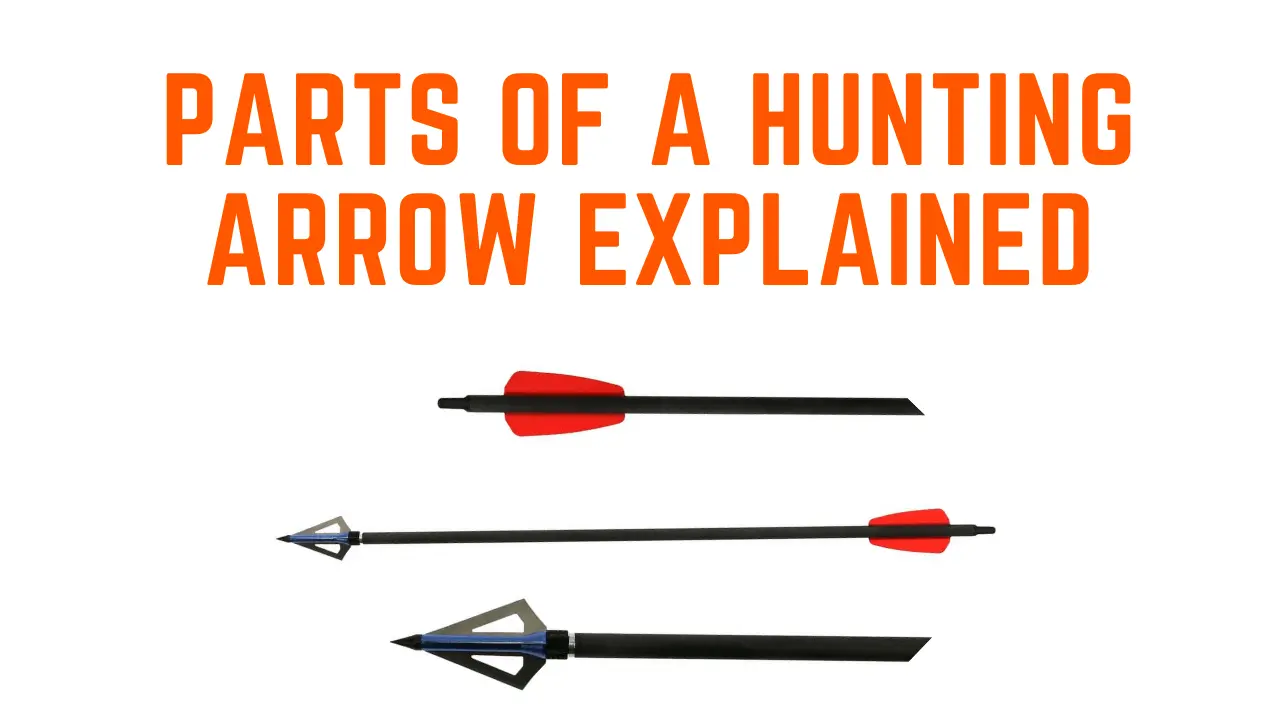What is a Group of Deer Called? Know the Deer Dictionary
Deer are wild creatures found in the most diverse habitats around the world. They play a crucial role in the balance of an ecosystem, playing the role of both prey and browser. But have you ever wondered what is a group of deer called?
A group of deer is commonly referred to as a herd. However, the usage varies depending on the species. Keep reading if you want to know more about this fascinating animal.
Other Words For A Group Of Deer
Typically, a group of deer is called a herd. But as mentioned above, this changes depending on the species. What is a group of deer called in different situations? A group of fallow deer is called a herd, whereas a roe deer may be called a bevy.
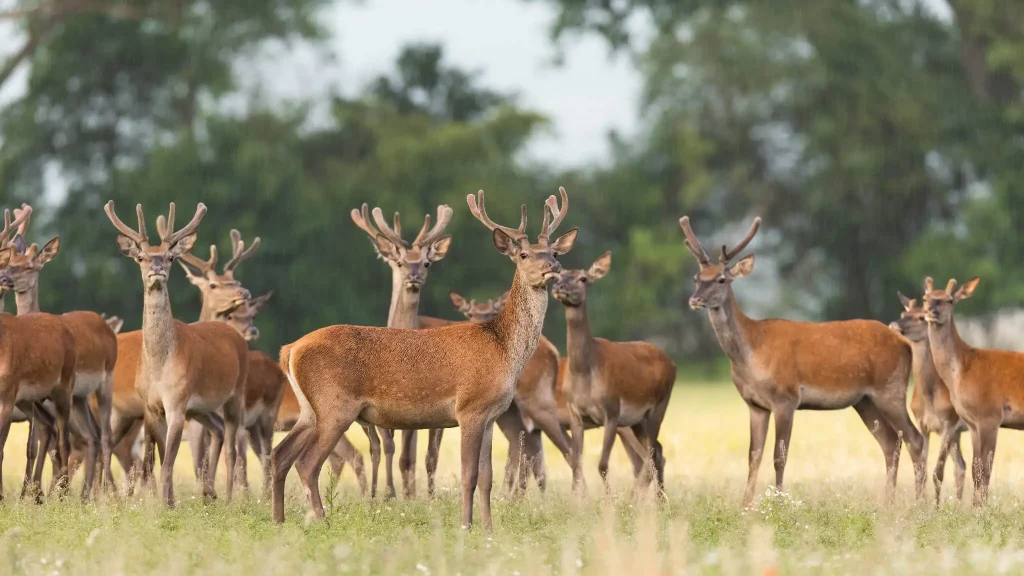
The context of the conversation matters as well. If a group of deer is frenzied, they can be called a mob. Other terms include rangale, a bunch, a parcel, or a leash. A leash is used for a group of three or more deer.
What are Deer Called Around The World
In English, a female deer is called a doe. Younglings are called fawns, and males are known as bucks. Deer are very well-known and well-loved creatures all around the world. They are found inhabiting forests, grasslands, and even suburban areas. They are even kept as pets in some countries. You’d be surprised what they are called in languages other than English.

For example, in Spanish, it is called a Ciervo. Cool, right? In Arabic, deer are called Ghazaal. Hjort, Vaedo, Geyik, Shika, and Lu in Swedish, Portuguese, Turkish, Japanese, and Chinese, respectively.
Do Deer Gather In Herds?
Members of the Cervidae family of deer encompass a wide genetic variety. They have the small pudu to the powerful moose. These animals usually move in herds depending on the season, habitat, and general ecosystem. Hierarchies exist in these herds, making the social structure quite complex. This influences the movement and gathering of these animals as well.
If food is scarce, for example, deer may choose to group to provide protection from predators. This usually happens in the winter months. These groupings may include does, fawns, and bucks. In other circumstances like migration, deer may migrate in a herd from one place to another. By doing this, they avoid any threats to their safety, as well as an easy way to increase the population.

How does a Deer behave?
The social structure of a herd is quite layered and complex. There is a stable and well-followed hierarchy that keeps the herd together and out of conflict. Individually, a deer’s body language is crucial to assess the environment around them. For example, the movement of their head and antlers can tell you about the scale of their anger or happiness.
A deer’s antlers regrow as the old one sheds. They may use the bark of a tree or another deer’s antlers to aid in the shedding. Antlers are inherently very important to deer. During their mating season, known as the rut, male deer use the shape, complexity, and size of their antlers to establish dominance and attract does. The deer with the largest antlers automatically sits on top of the hierarchy.
A Herd of Deer
A herd of deer will possess many qualities and exhibit various behaviours depending on a mirage of factors like the species, the ecosystem, and the climatic conditions. To begin, foraging, or feeding is an activity that is done as a group and is a sign of a healthy herd.
Deer forage on grass and vegetation, and they usually do so within a specific distance of each other. Some deer are responsible for vigilance and guarding while their herd forages. They do this by raising their heads and scanning for predators at regular intervals.

Deer are quiet animals which is important to their survival, but they communicate with each other by using vocalizations. A contrasting high-pitched sound coming from them indicates grave danger, whereas bleating is made by does and fawns to communicate with each other. Bucks may make a low guttural sound during the mating season to assert dominance in case of an attack. A herd will get into formation with the adults being on the outside of a circle and their younglings or fawn on the inside.
